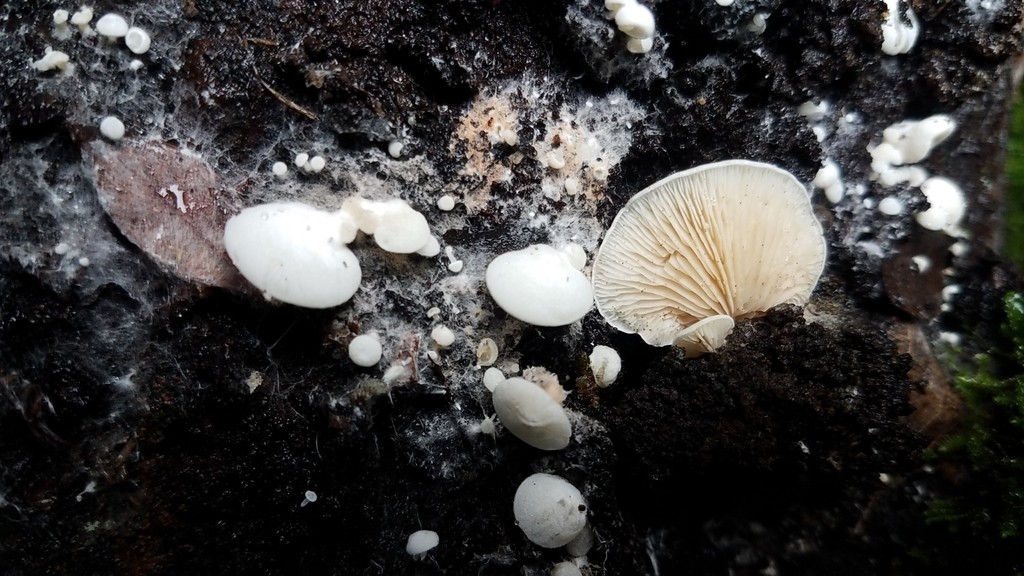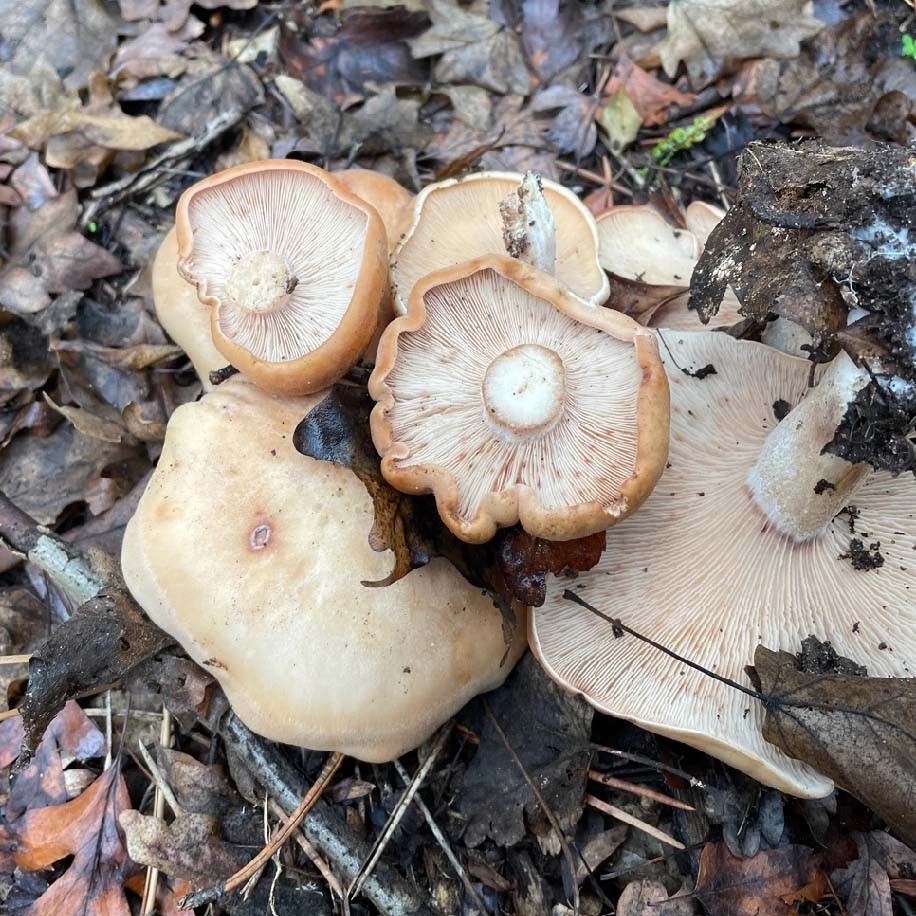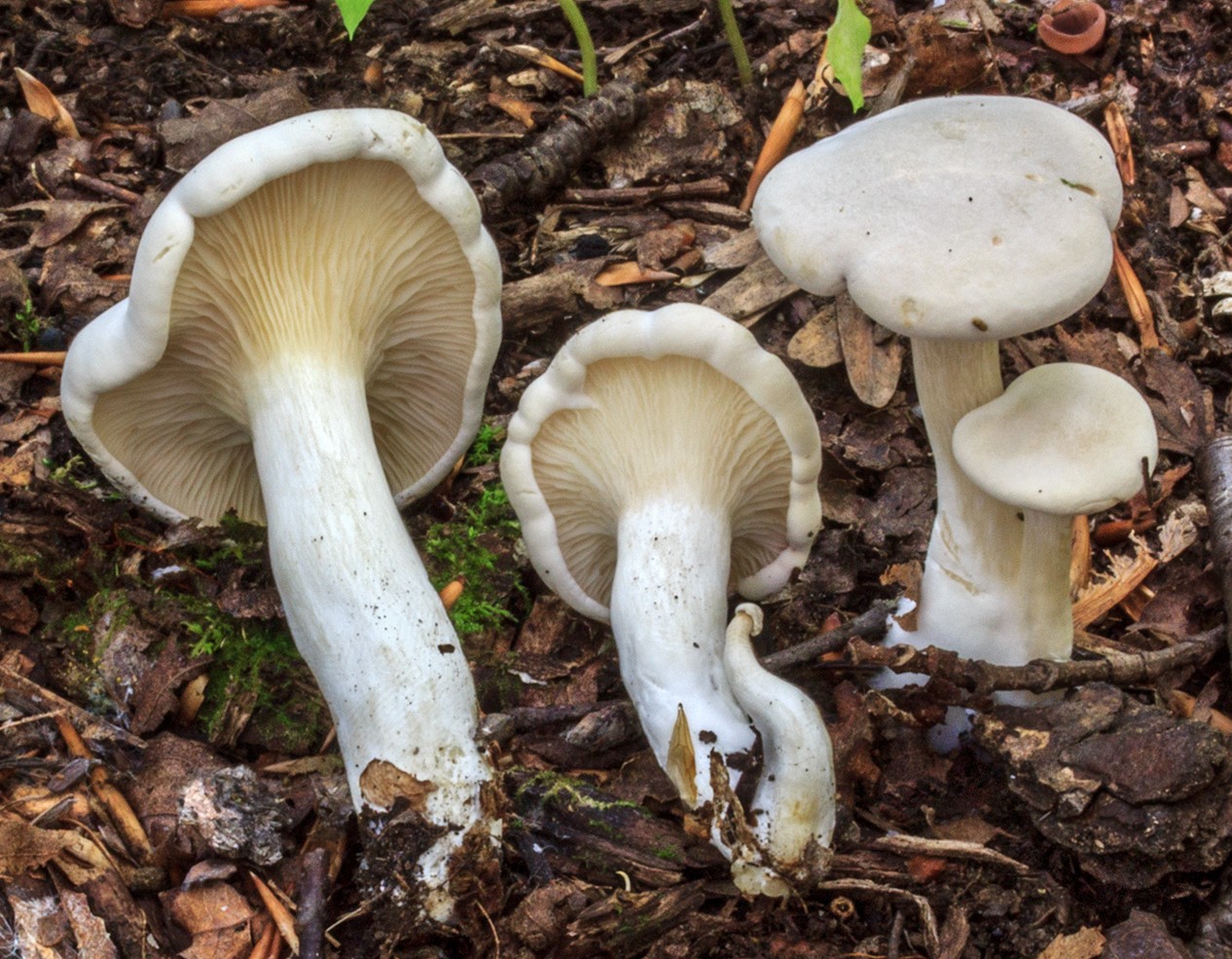Clitopilus
Scientific name: Clitopilus
Clitopilus
Scientific name: Clitopilus
 Photo By alan_rockefeller , used under CC-BY-4.0 /Cropped and compressed from original
Photo By alan_rockefeller , used under CC-BY-4.0 /Cropped and compressed from original Description
Clitopilus is notable for its unique pinkish spore print, a feature that helps in identifying members of this group. They are often found growing on decaying wood or forest litter, contributing to nutrient cycling in their ecosystems. Some species within clitopilus have a distinct, sweet odor, making them interesting to mycologists and mushroom enthusiasts. These fungi typically have cap-and-stem structures, with gills that run down the stem.
Species of Clitopilus
Scientific Classification
Phylum
Club fungi Class
Mushroom-forming fungi Order
Gilled fungi Family
Entolomataceae Genus
Clitopilus 
